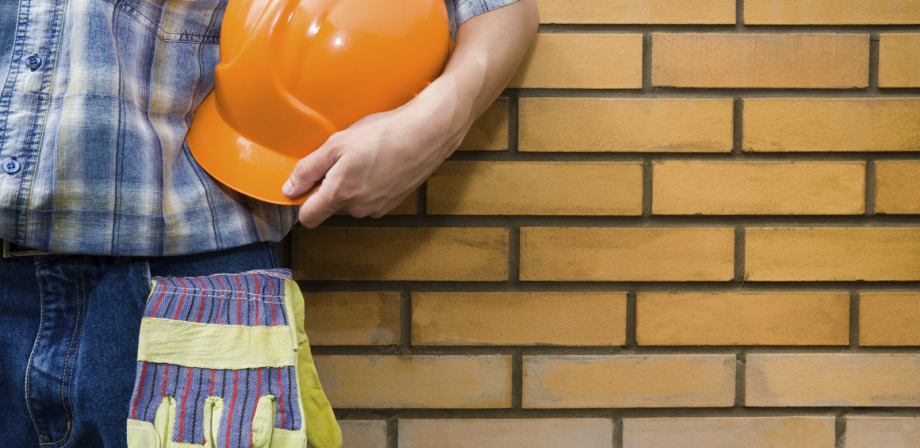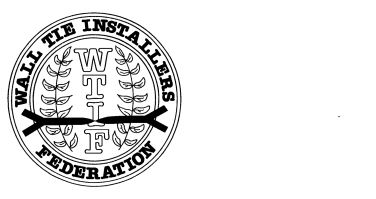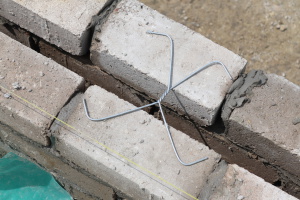
We are proud members of the WTIF (Wall Tie Federation) and offer a 25 year guarantee on all of our work.
What Are Wall Ties?
Wall ties, sometimes called ‘brick ties’, are pre-dominantly used in buildings with cavity walls. They are used to join the two leaves of a cavity wall together, allowing the two parts to act as a homogeneous unit. Hidden from view after construction, wall ties play a vital role in ensuring the stability of a building.
Insufficient or poorly installed wall ties can lead to severe structural issues, including damp penetration, masonry cracks or even the collapse of the outer masonry leaf. Wall ties are now manufactured from corrosion and fire resistant materials and include a drip formation to prevent the passage of water to the inner leaf.
Most buildings built since the 1920’s feature cavity walls. Over the years, wall tie shapes have evolved tremendously and various materials have been used which are now obsolete e.g. plastic, galvanised steel. Prior to 1978, wall ties were usually manufactured from galvanised mild steel. These ties were expected to last the lifetime of the building, but it has since been recognised that these wall ties can corrode after only 15-20 years.
Wall Tie Failure
Wall tie failure can happen where there has been
corrosion of the existing wall ties or when insufficient or incorrect wall ties have been installed.
When a mild steel or galvanised steel wall tie corrodes,
there is a build up of rust (also known as iron oxide), which causes the tie to expand in size. The resulting pressure on the surrounding masonry causes cracking in the mortar bed. Expansion in the
external wall can also cause the brickwork to bulge outwards.
Poor installation during the construction phase can also
result in wall tie failure. When building with wall ties, it is important to install the correct tie for the type, height and location of a building and a tie of sufficient length for the
cavity.
What are the signs of wall tie failure?
- Cracked brickwork (typically horizontal, or stepped)
- Bulging brickwork
- Rust stained walls
- Structural problems on similarly facing elevations of neighbouring buildings of similar age / building type
What is the solution?
Installation of remedial wall ties, followed by the removal or isolation of the existing wall ties, is the quickest and most cost effective solution to wall tie replacement. There are various remedial wall ties available, but the three most common are:
- Mechanical Expansion
- Resin / Grouted
- Helical
If you believe you may have wall tie problems we would advise you to get them checked immeiately, we can book a professional survey at your convenience using modern techniques and technologies and provide you with solutions to any problems you may have.


